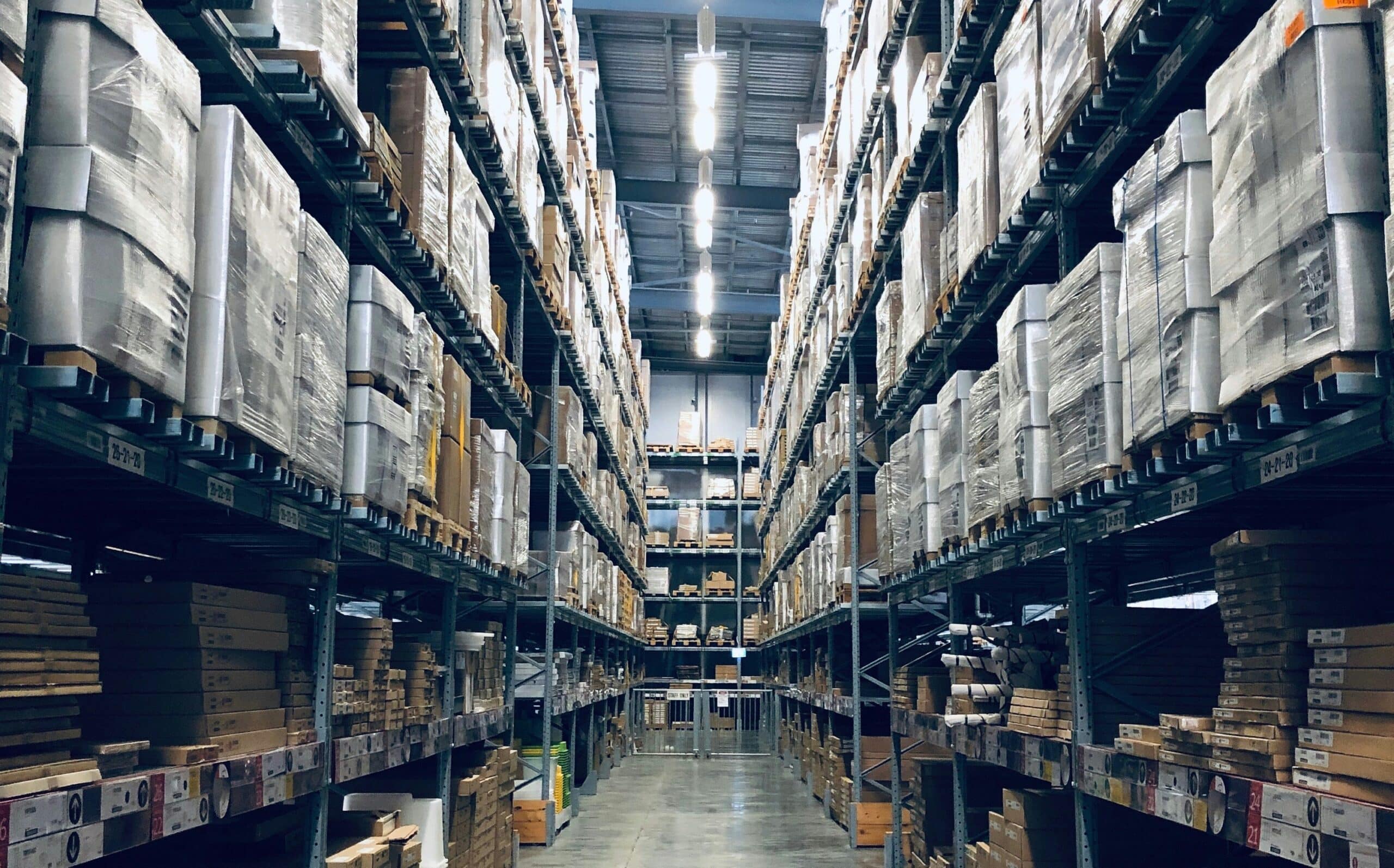Blended vs. Dedicated: Choosing the Right B2B Setup on Shopify Plus
Shopify has been steadily investing in B2B features, and it’s never been easier to offer a wholesale experience that’s deeply integrated into your eCommerce operation.

If you’re on Shopify Plus and thinking about expanding into B2B, you’re in a great position. Shopify has been steadily investing in B2B features, and it’s never been easier to offer a wholesale experience that’s deeply integrated into your eCommerce operation.
That said, one of the first big decisions you’ll need to make is how to structure your B2B storefront. Shopify gives you two primary options:
Option 1: Blended Store
A blended store allows you to serve both your D2C (direct-to-consumer) and B2B customers from a single Shopify store. This is a great choice if you have:
- A similar product mix across both channels
- Shared inventory between D2C and B2B
- A single team managing all customer types
Key Benefits of a Blended Store:
- One unified Shopify Admin Panel
- Shared inventory management across customer types
- Consistent branding and theme for both D2C and B2B experiences
If your business already runs efficiently with overlapping products and fulfillment workflows, a blended approach can reduce complexity and help you scale B2B sales quickly.
Option 2: Dedicated B2B Store
A dedicated B2B store is a completely separate Shopify storefront, built specifically for your wholesale or business buyers. This makes sense if you’re looking for:
- A custom buying experience for B2B customers
- Distinct inventory, pricing, or fulfillment processes
- Separate staff or teams managing B2B operations
Key Benefits of a Dedicated B2B Store:
- Independent Shopify Admin for B2B
- Unique inventory separate from D2C
- Custom design and theme tailored for wholesale buyers
This setup gives you the most flexibility and control over your B2B experience—from pricing to layout to order workflows.
Other Considerations
Whether you choose a blended or dedicated approach, there are a few other Shopify settings and features to think through:
- Discount Codes – How will promotions differ between customer types?
- Gift Cards – Will B2B customers have access to these?
- Notifications – Should order or shipping emails be different for B2B?
- Shipping Settings – Flat rate, negotiated freight, or local delivery?
- Line Item Discounts – Does B2B pricing rely on volume or tiered discounts?
- Tax Settings – Will tax-exempt customers need special handling?
Taking the time to map these out early can save you a lot of rework later.
What’s Coming Next: Shopify Editions
If you’re trying to future-proof your B2B strategy, keep an eye out for the upcoming Shopify Editions, launching this June. Shopify is expected to roll out a wave of new B2B features that will continue to make both the blended and dedicated store setups more powerful and customizable.
Final Thoughts
There’s no one-size-fits-all answer when it comes to B2B on Shopify Plus. Your decision should reflect how your business operates today—and how you plan to grow in the future.
At Ambaum, we work with merchants to architect and build B2B solutions that fit their exact needs—whether it’s extending an existing D2C store or launching a fully custom wholesale storefront.
Have any questions or need help thinking through a challenge or opportunity?
Speak to one of our Shopify professionals today. We are are here to help… no strings attached.